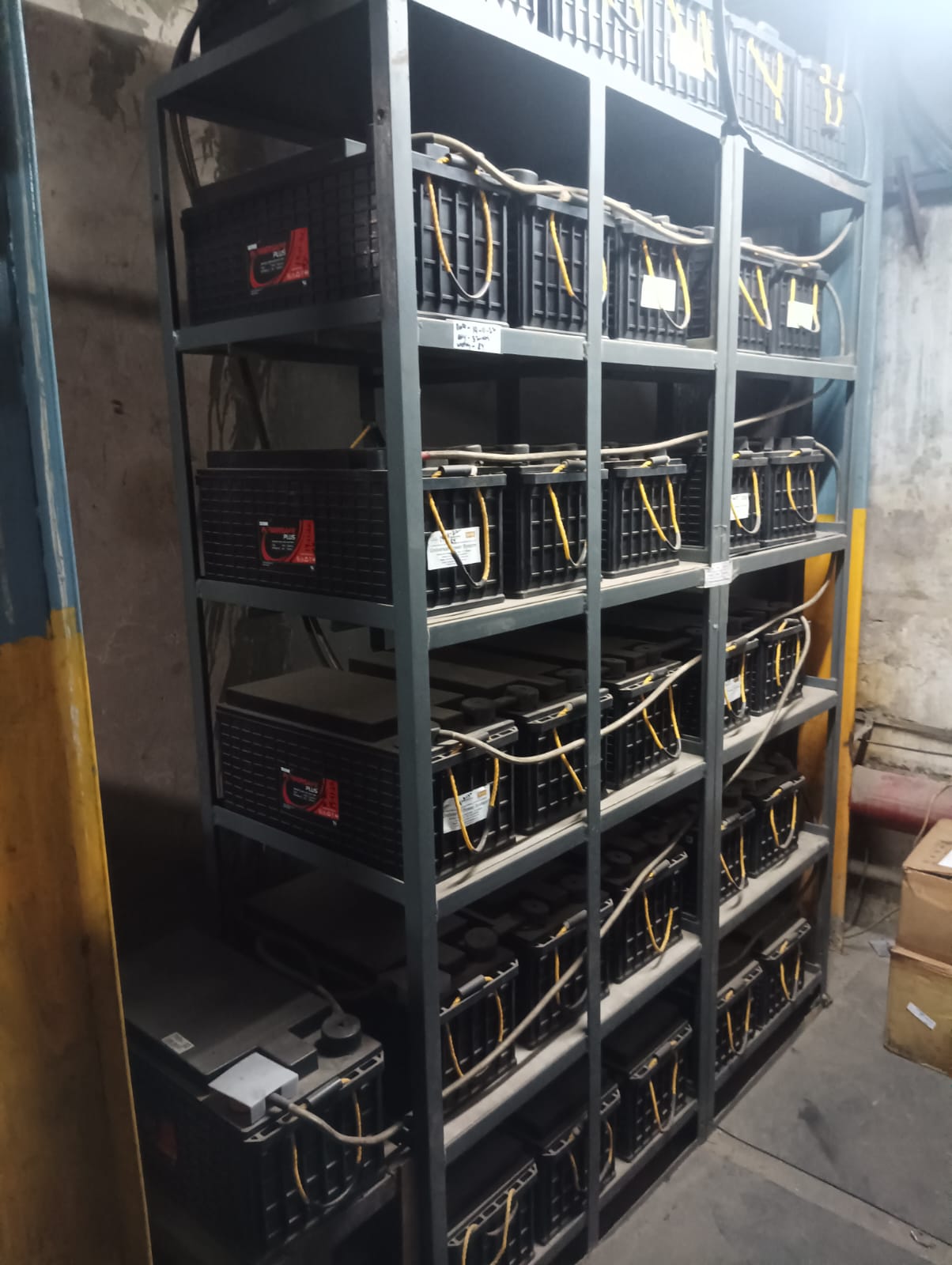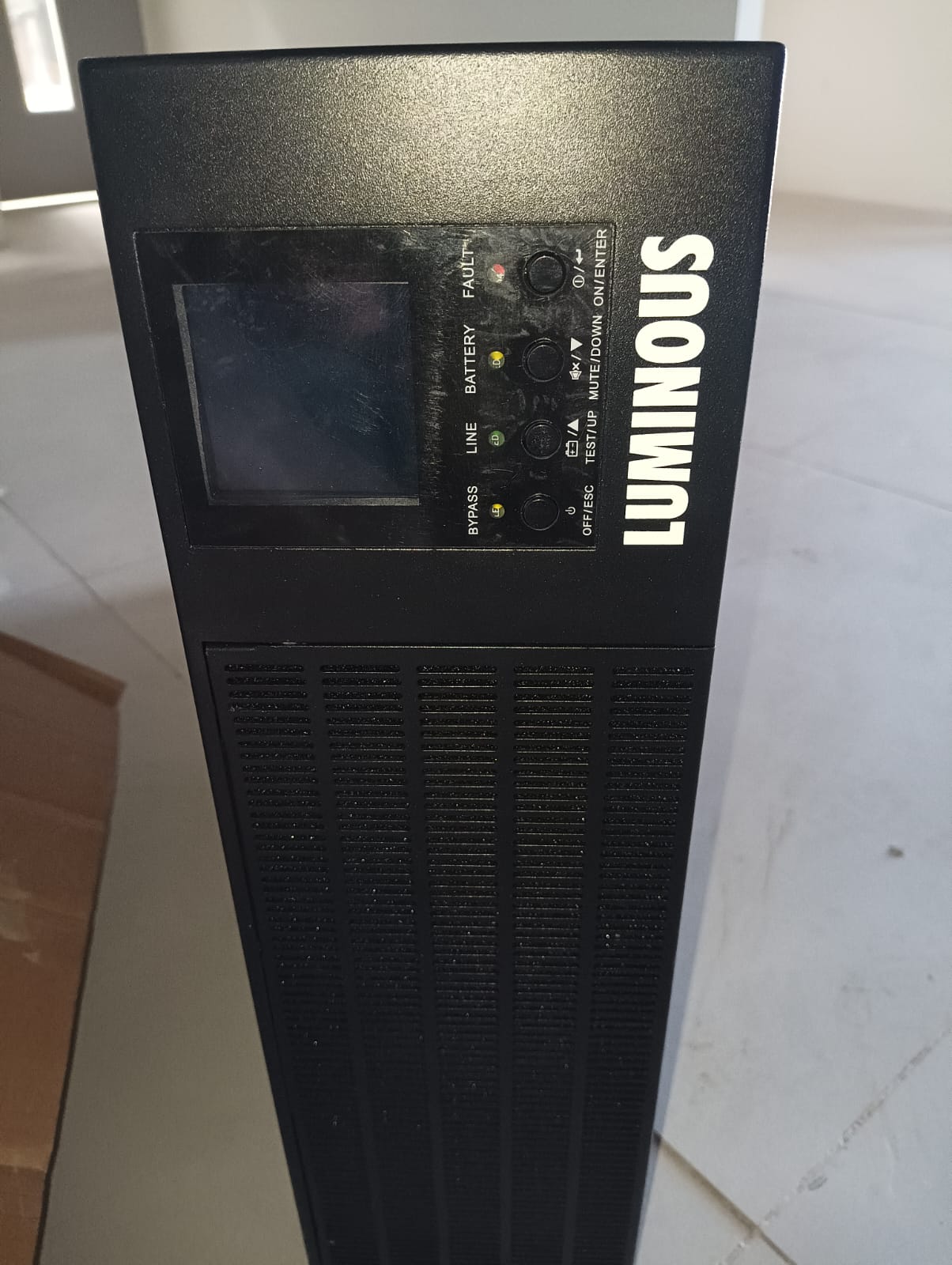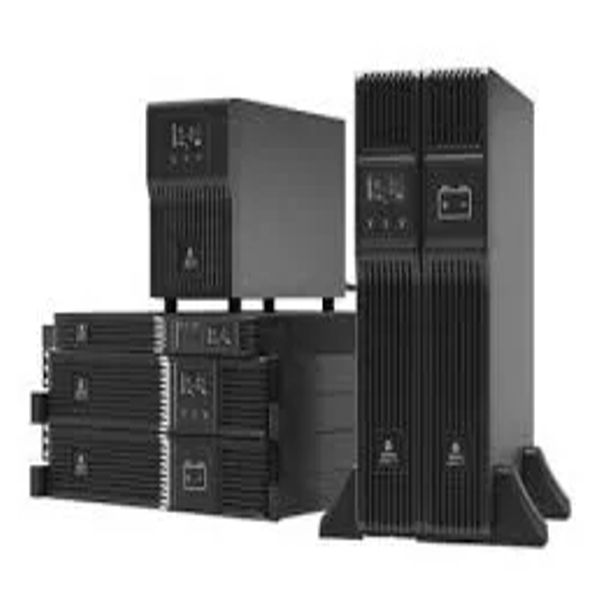UPS rental services provide temporary power backup solutions for various applications. Here’s an overview of what these services typically include: Key Features of UPS Rental Services Flexible Rental Terms: Options for short-term or long-term rentals, accommodating project-based or seasonal needs. Range of Capacities: Availability of different UPS systems, typically ranging from small (kVA) to large (up to several hundred kVA), catering to diverse requirements. Various Topologies: Access to different UPS technologies (online, offline, line-interactive) based on the specific power protection needs. Installation and Setup: Many services include professional installation, ensuring the system is configured correctly for optimal performance. Maintenance and Support: Regular maintenance, technical support, and emergency services may be included, ensuring reliability throughout the rental period. Transportation and Logistics: The rental company often handles delivery, setup, and pick-up of the UPS units. Battery Options: Availability of different battery configurations and types to suit the application, including maintenance-free options. Custom Solutions: Ability to provide tailored solutions based on specific site requirements and load assessments. Common Applications Events and Temporary Installations: Trade shows, conferences, and exhibitions requiring backup power. Construction Sites: Providing power to equipment and tools on temporary job sites. Data Centers: Emergency power during upgrades, maintenance, or outages. Testing and Development: Ensuring power stability during product testing or development phases. Natural Disasters: Providing emergency power in the aftermath of outages. Advantages of UPS Rental Services Cost-Effective: No capital expenditure is required, making it financially advantageous for short-term needs. No Long-Term Commitment: Flexibility to scale power needs up or down based on project requirements. Access to Latest Technology: Ability to utilize the latest UPS systems without the need for long-term investment. Reduced Maintenance Responsibility: The rental company typically manages maintenance, reducing operational burdens. Considerations Load Assessment: It's crucial to assess power needs accurately to select the appropriate UPS size and capacity. Service Agreements: Review terms and conditions, including support and maintenance provisions. Delivery and Setup Time: Ensure timely delivery and installation to meet project timelines. Local Regulations: Check compliance with local electrical and safety regulations. How to Choose a UPS Rental Service Reputation: Look for established companies with positive reviews and a track record in UPS rentals. Range of Equipment: Ensure the provider has a diverse inventory to meet various power needs. Customer Support: Consider the level of support offered, including technical assistance and emergency services. Pricing: Compare quotes from different providers to ensure competitive pricing. If you have specific requirements or questions about UPS rental services, feel free to ask!
Send Message







